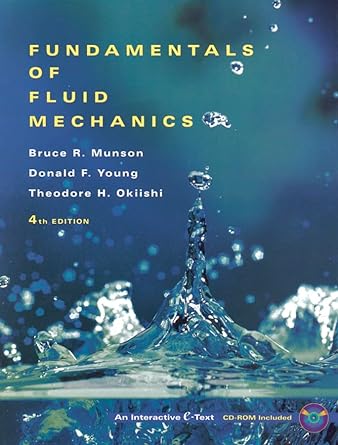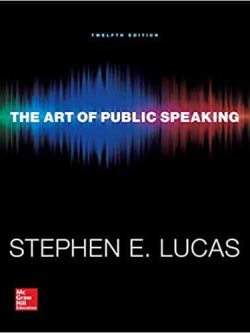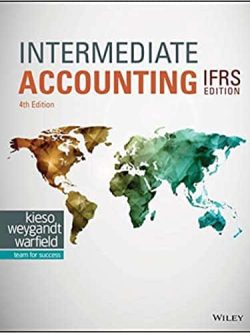Specifications
| book-author | Bruce R. Munson ; Donald F. Young ; Theodore H. Okiishi |
|---|---|
| file-type | |
| isbn10 | 047144250X |
| isbn13 | 9780471442509 |
| language | English |
| publisher | Wiley |
Book Description
“Fundamentals of Fluid Mechanics,” authored by Bruce R. Munson, Donald F. Young, and Theodore H. Okiishi, in its 4th edition, provides a comprehensive and foundational understanding of fluid mechanics. Here's what you can expect from this edition:
- Introduction to Fluid Mechanics: The textbook begins by introducing the fundamental concepts of fluid mechanics, including properties of fluids, fluid statics, and basic principles of fluid flow. It lays the groundwork for understanding the behavior of fluids in motion.
- Fluid Kinematics: Munson, Young, and Okiishi delve into fluid kinematics, examining the motion of fluids without considering the forces causing the motion. They cover topics such as fluid flow visualization, flow patterns, streamlines, and the concept of continuity.
- Fluid Dynamics: The book explores fluid dynamics, focusing on the forces and energy considerations involved in fluid flow. It covers topics such as Euler's equation of motion, Bernoulli's equation, conservation of momentum, and the concept of flow resistance.
- Dimensional Analysis and Similarity: Munson and colleagues discuss dimensional analysis and similarity principles, providing methods for analyzing and modeling fluid flow phenomena across different scales. They introduce dimensionless parameters, similarity criteria, and scaling laws for predicting fluid behavior.
- Flow of Incompressible Fluids: The textbook addresses the flow of incompressible fluids in both laminar and turbulent regimes. It covers topics such as viscous flow, boundary layers, pipe flow, open-channel flow, drag and lift forces, and flow measurement techniques.
- Flow of Compressible Fluids: Munson, Young, and Okiishi examine the flow of compressible fluids, including gas dynamics, shock waves, expansion waves, and compressible flow in nozzles, diffusers, and ducts. They discuss the thermodynamic principles governing compressible fluid behavior.
- Flow Around Immersed Bodies: The book discusses the flow of fluids around immersed bodies, such as cylinders, spheres, airfoils, and bluff bodies. It covers topics such as drag and lift forces, boundary layer separation, flow visualization techniques, and aerodynamic performance.
- Introduction to Computational Fluid Dynamics (CFD): Munson and colleagues provide an introduction to computational fluid dynamics, discussing numerical methods for solving fluid flow problems using computers. They introduce finite difference, finite volume, and finite element methods for simulating fluid flow phenomena.
- Applications and Engineering Practice: Throughout the book, Munson, Young, and Okiishi include numerous examples, illustrations, and engineering applications to demonstrate the practical relevance of fluid mechanics in various engineering disciplines, such as aerospace, civil, mechanical, and chemical engineering.
- Problem-Solving Skills: The textbook offers a wide range of problems and exercises designed to enhance students' problem-solving skills and reinforce key concepts in fluid mechanics. These problems encourage critical thinking, analysis, and application of theoretical principles to real-world engineering problems.
Overall, “Fundamentals of Fluid Mechanics” serves as a comprehensive and authoritative resource for students, educators, and practicing engineers seeking to develop a deep understanding of fluid mechanics and its applications in engineering practice. With its clear explanations, illustrative examples, and practical insights, it prepares readers to tackle complex fluid flow problems and design innovative engineering solutions.









Reviews
There are no reviews yet.